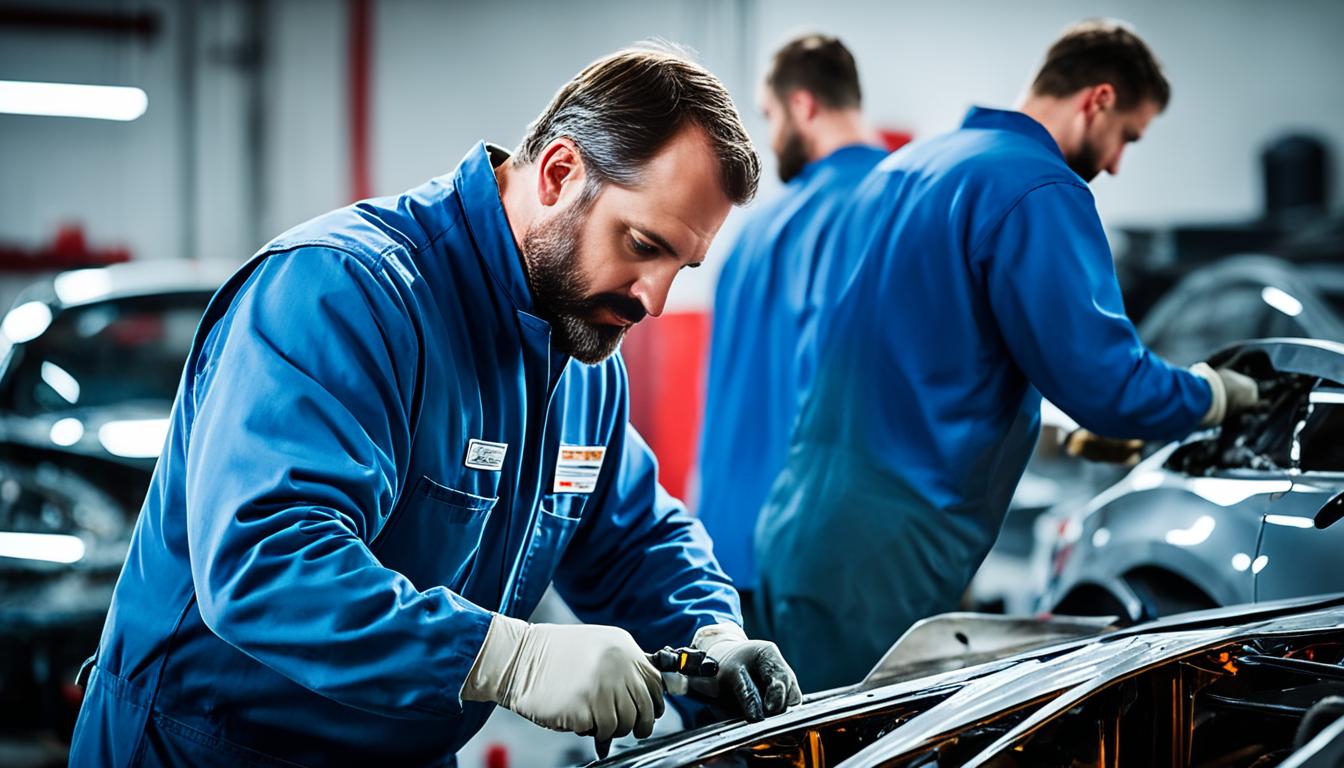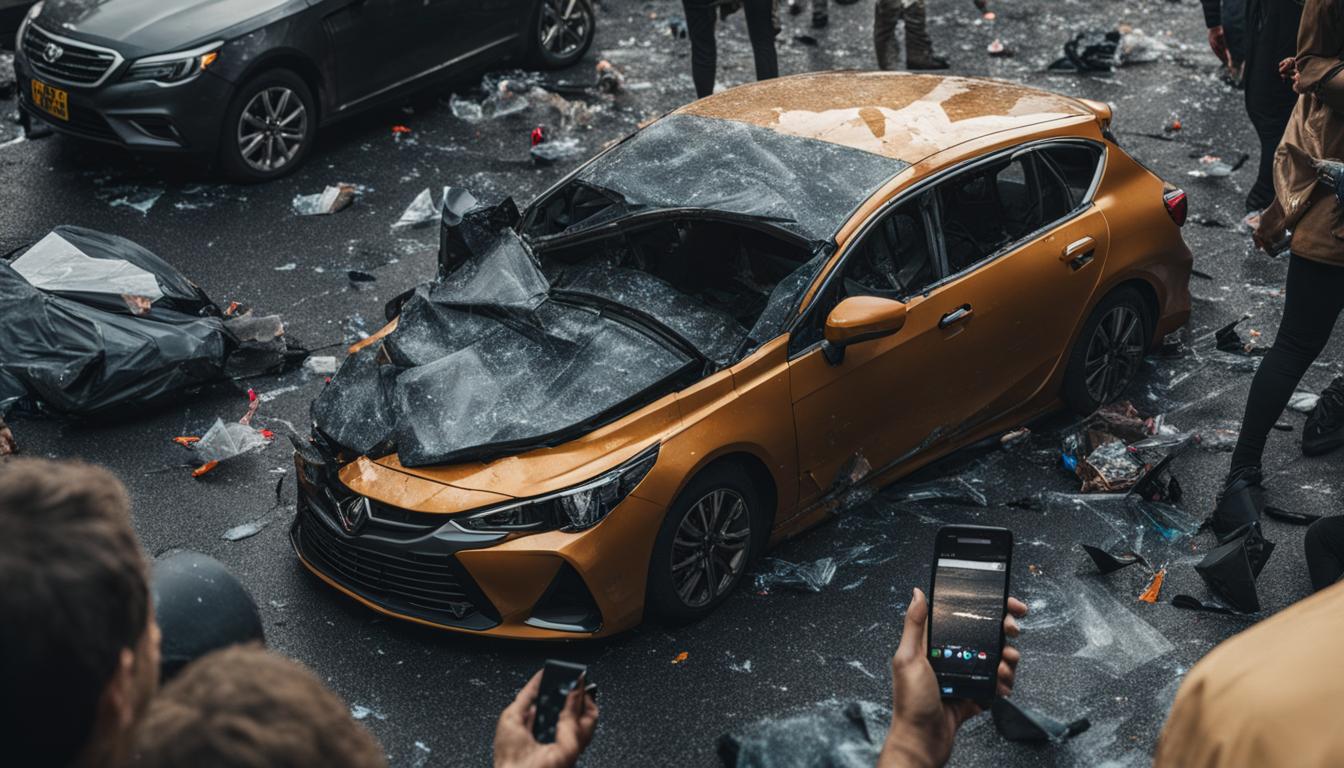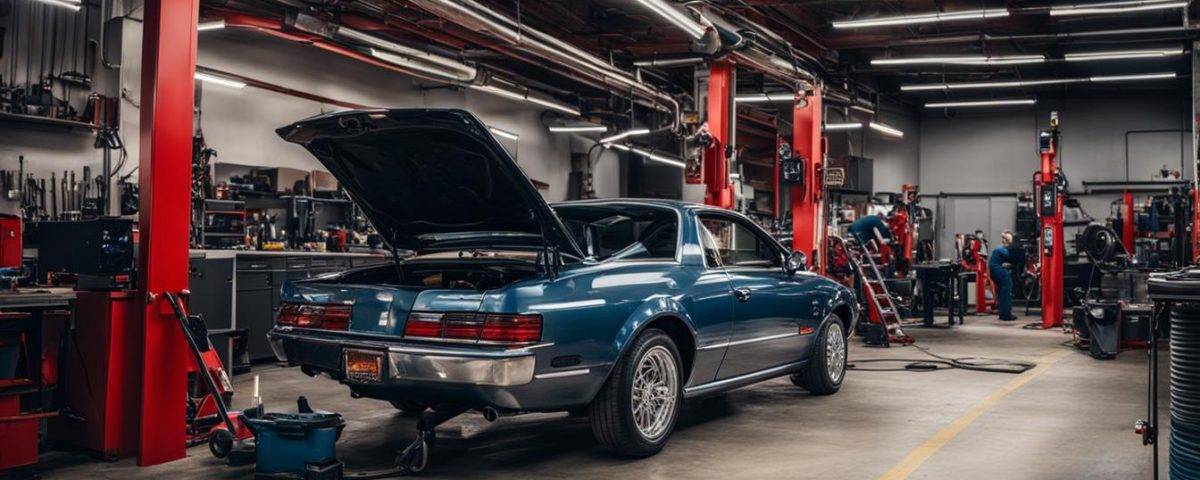
Masters of the Craft: Meet Our Expert Auto Body Technicians

What to Do After an Auto Accident: A Step-by-Step Guide
Driving safely is of utmost importance to us. We understand the significance of road safety and want to share essential road safety tips with you. By following these tips, you can ensure a safe and secure journey every time you hit the road.
First and foremost, it’s crucial to be prepared for any unforeseen circumstances. Always carry a flat tire repair kit, fire extinguisher, jumper cables, and a flashlight in your vehicle. These emergency items can be lifesavers in critical situations.
In addition, regularly checking your shocks, brakes, and tires can help prevent unexpected breakdowns or accidents. Familiarize yourself with the signals on your car’s dashboard and develop a keen sense of smell to identify potential issues early on.
Staying alert and avoiding distractions while driving is vital. Distracted driving can lead to serious accidents. Replace damaged windshields promptly to maintain clear visibility, and always be aware of your surroundings.
At night, ensure you drive safely by using your headlights and following all traffic rules. Knowing what to do when your car breaks down can also make a significant difference in your safety on the road.
Lastly, never hesitate to seek professional advice when it comes to your vehicle’s maintenance and safety. Auto body shops and collision centers in San Antonio can provide expert assistance in ensuring your vehicle is in top condition for safe travels.
Key Takeaways:
- Always carry emergency items in your vehicle.
- Regularly check your shocks, brakes, and tires.
- Be aware of your car’s signals and any unusual smells.
- Avoid distractions and replace damaged windshields promptly.
- Drive safely at night and know what to do in case of a breakdown.
Defensive Driving Techniques for Safe Travel
When it comes to staying safe on the road, defensive driving is essential. By practicing defensive driving techniques, you can significantly reduce the risk of accidents and ensure a safe journey. One of the most important aspects of defensive driving is being aware of what other drivers around you are doing. By anticipating their actions and expecting the unexpected, you can react quickly and avoid potential collisions.
Another key defensive driving technique is maintaining a safe distance between your vehicle and the one in front of you. This allows for more reaction time and reduces the likelihood of rear-end accidents. Adjusting your speed to match the prevailing weather conditions is also crucial. Reduce your speed during rain, snow, or ice to maintain control of your vehicle and prevent skidding or sliding.
Distracted driving and driving under the influence are major hazards on the road. It’s important to avoid any distractions while driving, such as using your phone or engaging in other activities that take your attention away from the road. Additionally, never drive under the influence of alcohol or drugs. Always designate a sober driver or use alternative transportation if you have consumed substances that impair your ability to drive safely.
Winter Driving: Be Prepared and Stay Safe
Winter driving requires special attention and preparation. Before hitting the road in winter conditions, buckle up and check the weather forecast. If road conditions are hazardous, consider delaying your trip or taking an alternative route. It’s also important to keep an emergency kit in your trunk, including items like a snow shovel, ice scraper, blankets, and non-perishable snacks.
Following speed limits and being respectful of other motorists are crucial aspects of defensive driving. Never tailgate or follow another vehicle too closely, as this reduces your reaction time and increases the risk of a collision. By practicing these defensive driving techniques, we can all contribute to safer roads and ensure our own safety while traveling.

Conclusion
Road safety should always be a top priority for all drivers. We must take proactive measures to ensure our safety and the safety of others on the road. By following these essential road safety tips, we can significantly reduce the risk of accidents and stay safe during every journey.
First and foremost, it is crucial to carry emergency items in our vehicles. A flat tire repair kit, fire extinguisher, jumper cables, and a flashlight can come to our rescue in unexpected situations. Regularly checking our shocks, brakes, and tires will help us avoid any unpleasant surprises while driving.
Staying alert and avoiding distractions is another key aspect of road safety. By keeping our focus on the road and replacing damaged windshields promptly, we can prevent accidents. Familiarizing ourselves with the signals on our car’s dashboard and being aware of our surroundings will enable us to identify potential issues before they escalate.
Lastly, practicing defensive driving techniques is vital for safe travel. We need to be aware of other drivers’ actions and anticipate the unexpected. Keeping a safe distance, adjusting our speed for different weather conditions, and avoiding driving under the influence are essential habits to cultivate. By following speed limits, respecting other motorists, and never tailgating, we contribute to the overall safety of our roads.
In conclusion, road safety is a shared responsibility. By implementing these road safety tips, we can protect ourselves and others on the road, working together to create safer journeys for everyone. Stay safe, stay alert, and make road safety a priority every time you hit the road.
FAQ
What emergency items should I carry in my vehicle?
It’s important to carry a flat tire repair kit, fire extinguisher, jumper cables, and a flashlight in case of emergencies.
How often should I check my vehicle’s shocks, brakes, and tires?
Regularly check your shocks, brakes, and tires to ensure they are in good working condition and avoid any surprises on the road.
How can I identify potential issues with my car?
Familiarize yourself with the signals on your car’s dashboard and develop a sense of smell about your car to identify any potential issues.
How should I drive safely at night?
Drive safely at night by ensuring your headlights are in good working condition, maintaining a safe speed, and staying alert to your surroundings.
What should I do if my car breaks down?
If your car breaks down, pull over to a safe location, turn on your hazard lights, and call for professional assistance.
How can I practice defensive driving?
Practice defensive driving by being aware of other drivers around you, keeping a safe distance, adjusting your speed for weather conditions, and avoiding distractions.
Is it safe to use my phone while driving?
No, it’s never safe to use your phone or any electronic device while driving. Always focus on the road and avoid distractions.
Should I drink and drive?
No, never drive under the influence of alcohol or drugs. It impairs your judgment and increases the risk of accidents.
What should I do during winter driving conditions?
During winter driving conditions, buckle up, check the weather forecast, adjust your speed, and keep an emergency kit in your trunk.
How can I reduce the risk of accidents?
Follow speed limits, be respectful of other motorists, never follow another vehicle too closely, and practice defensive driving techniques.



